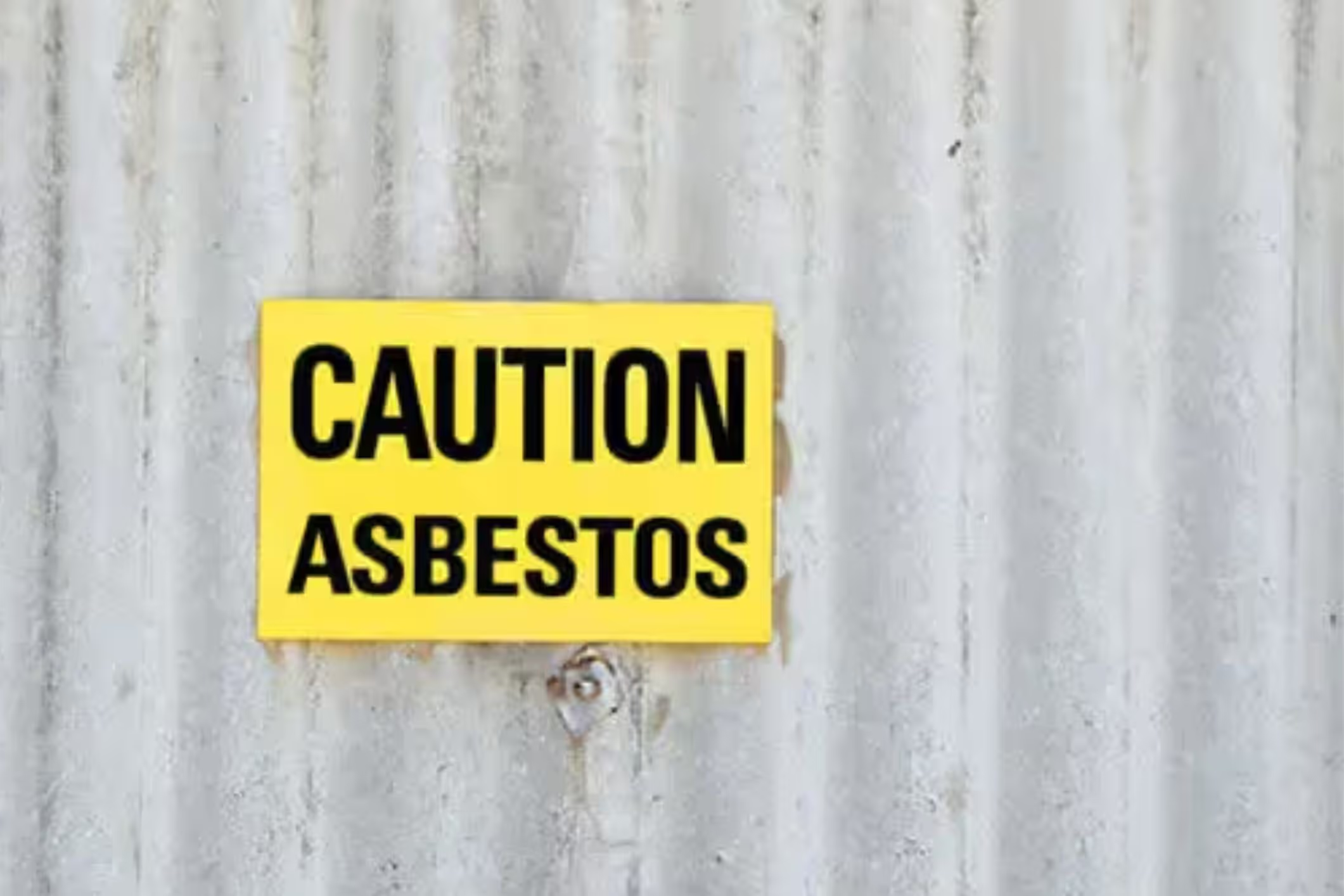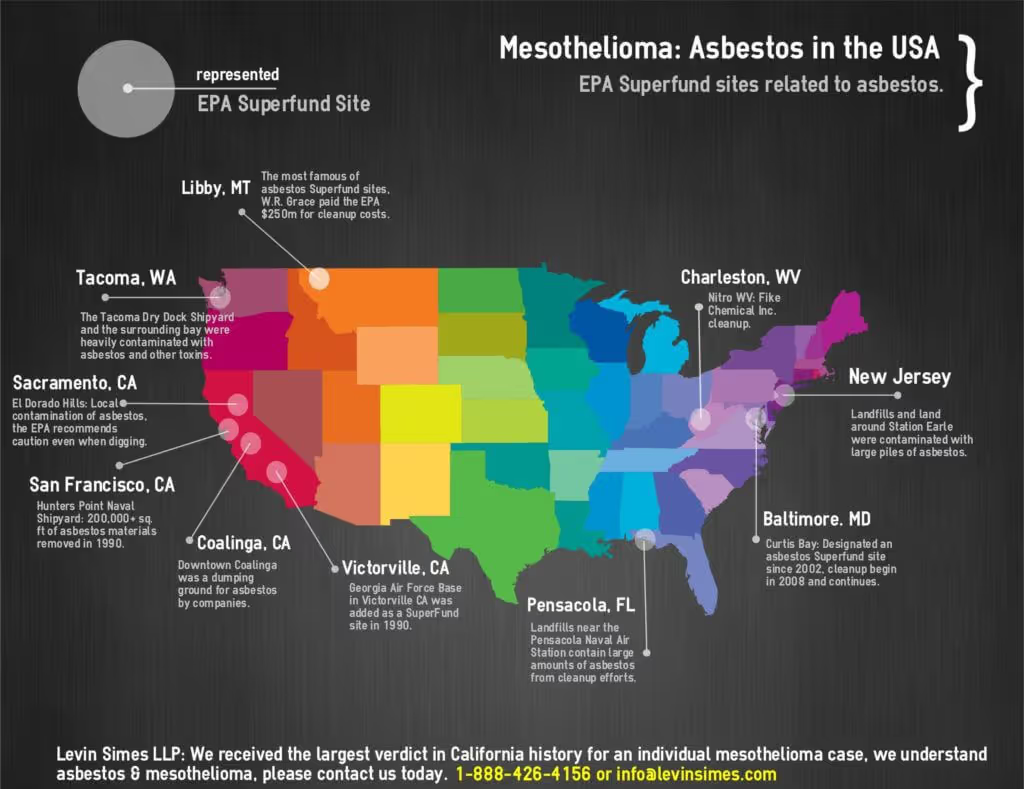
.webp)
Got Me My Settlement Before I Expected It!
The law firm was awesome handling my case. They were very professional and understanding of what happened to me. They also got me my settlement before I expected it!!

.webp)
Could Not Have Been More Supportive
The team at Levin Simes LLP could not have been more supportive in handling my case. The entire process was smooth, professional, and done with the utmost respect. I am forever changed from this experience and it would not have happened without their help!”

.webp)
Highly Satisfactory Result For All
Levin Simes has done an exemplar job in handling our asbestos claim from both a business and personal perspective. Their diligence, competence and compassion combined to produce a highly satisfactory result for all members of our family during the difficult time of losing our father to this horrible disease.

.webp)
Extremely Grateful
I am extremely grateful for the handwork and dedication that Levin Simes LLP delivered, I couldn’t have handled this without them. They are professional and care about you! I highly recommend!

.webp)
Best Decision I Ever Made
Working with the attorneys from Levin Simes was the best decision I ever made. Everyone is so friendly and understanding. Thank you for all your hard work, Levin Simes LLP.




.avif)



